What These Walking Fish Reveal About The First Land Animals
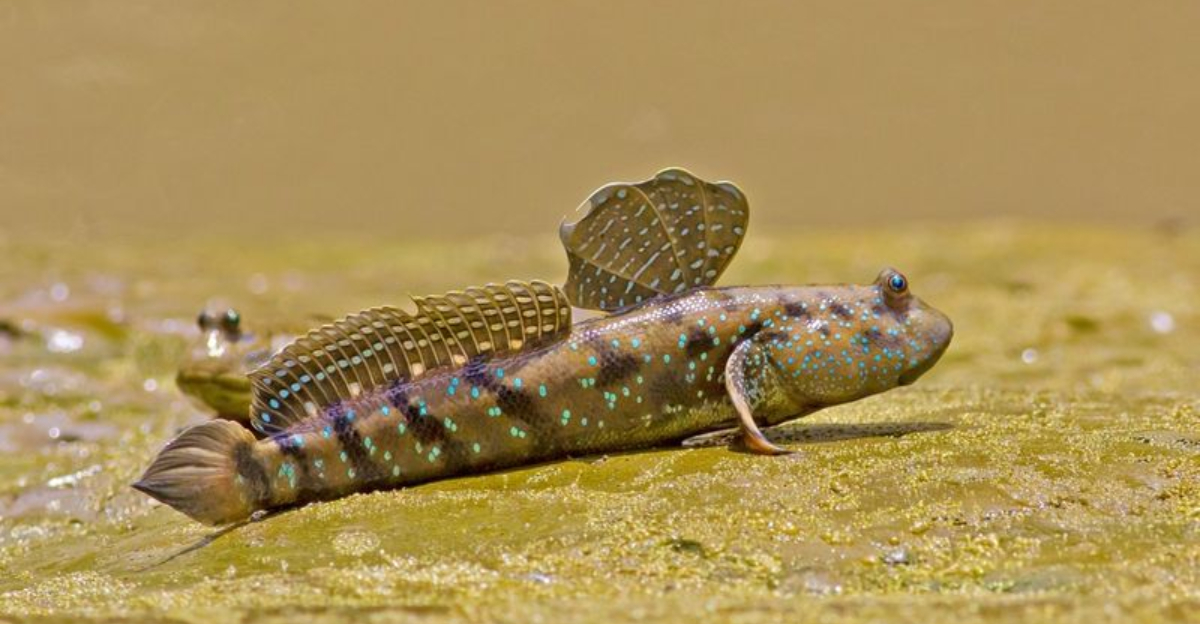
Imagine a fish that crawls, climbs, and breathes on land! Mudskippers and other walking fish offer us a living window into one of evolution’s greatest mysteries: how aquatic creatures first conquered dry land.
By studying these remarkable animals today, scientists can piece together how our distant ancestors made the leap from water to land millions of years ago, transforming life on Earth forever.
1. Fins Became Tools For Movement On Land
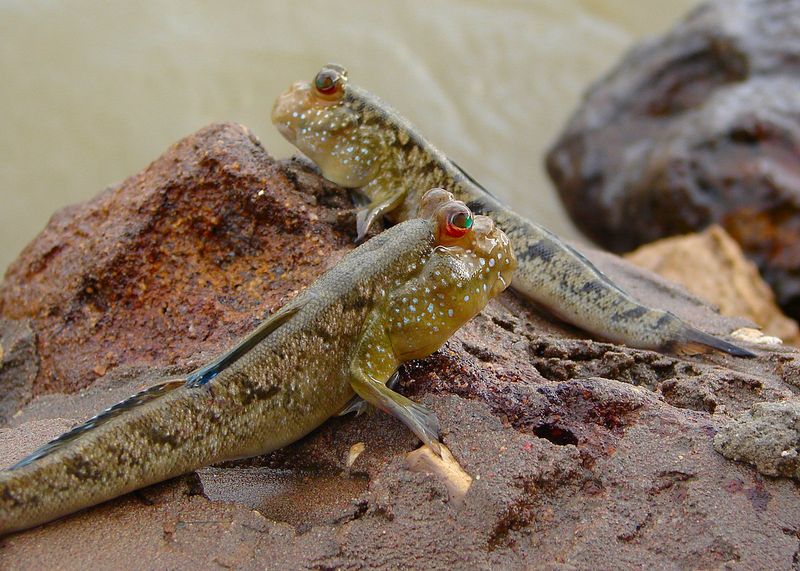
Mudskippers transform their pectoral fins into makeshift arms, pushing against mud and sand to propel themselves forward. This remarkable adaptation mirrors the way early tetrapods likely used their developing limbs.
Scientists believe our ancient ancestors went through similar modifications, gradually turning swimming appendages into weight-bearing limbs. The mudskipper’s jerky ‘push-ups’ across tidal flats demonstrate evolution’s ingenious solutions to new environments.
2. Breathing Didn’t Start With Lungs Alone
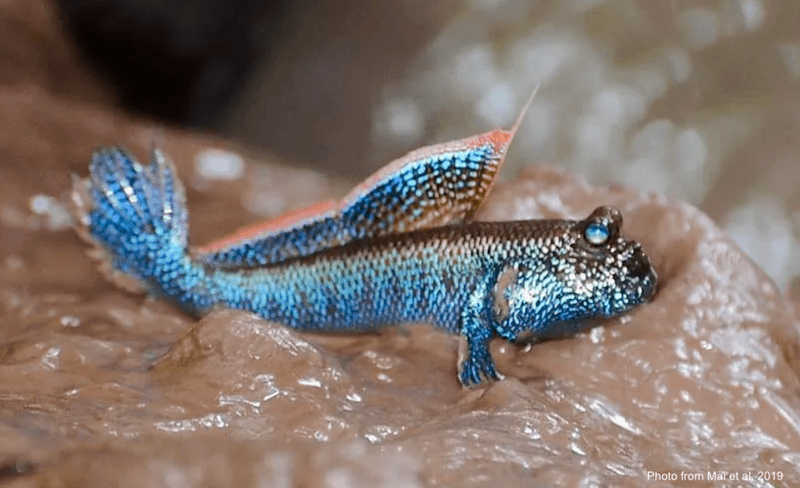
When oxygen gets scarce underwater, walking fish employ multiple breathing methods simultaneously. They gulp air into specialized chambers and absorb oxygen through their moist skin and mouth linings.
This mixed approach reveals how our ancestors likely didn’t switch from gills to lungs overnight. Instead, they probably used transitional breathing systems, combining different techniques as they gradually spent more time in air. Nature rarely makes sudden jumps—it builds bridges.
3. Water Was Still A Lifeline
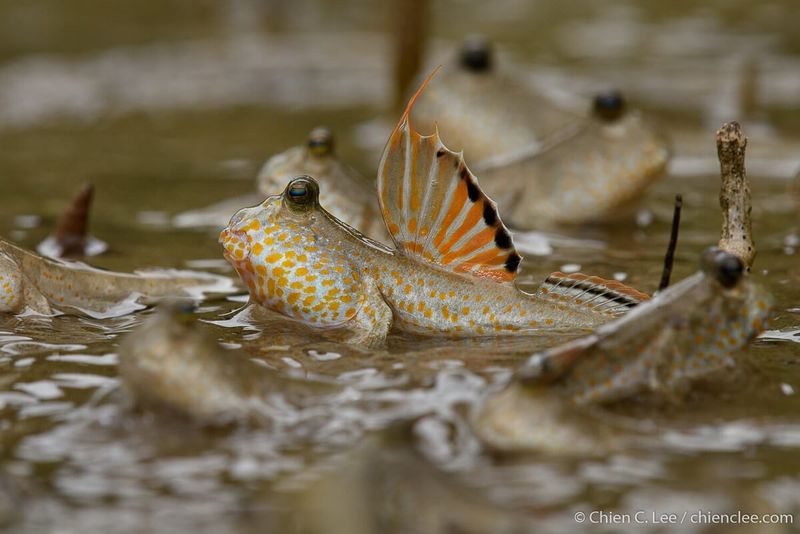
Freedom from water wasn’t immediate for pioneering land animals. Modern walking fish must regularly return to moisture or risk drying out completely.
Their skin needs constant hydration, showing how early land-dwellers likely remained tethered to watery environments. Archaeological evidence supports this—fossils of early tetrapods cluster around ancient shorelines and wetlands.
The complete conquest of dry habitats took millions of years as specialized skin, scales, and water conservation systems evolved.
4. Eyes Had To Adapt To Air
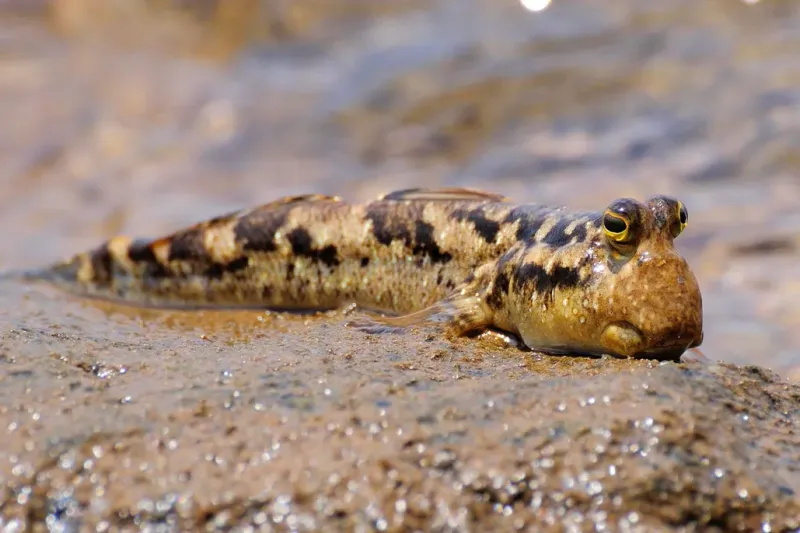
Walking fish possess uniquely positioned eyes that sit high on their heads like periscopes. This adaptation allows them to scan for predators and prey while mostly submerged.
The shift from water to air required major visual adjustments. Light bends differently in air, and early land animals needed to process clearer, sharper images.
The protruding eyes of mudskippers demonstrate how vision had to evolve for life above the waterline—a crucial advantage for survival in a new frontier.
5. Blinking Was A Game Changer
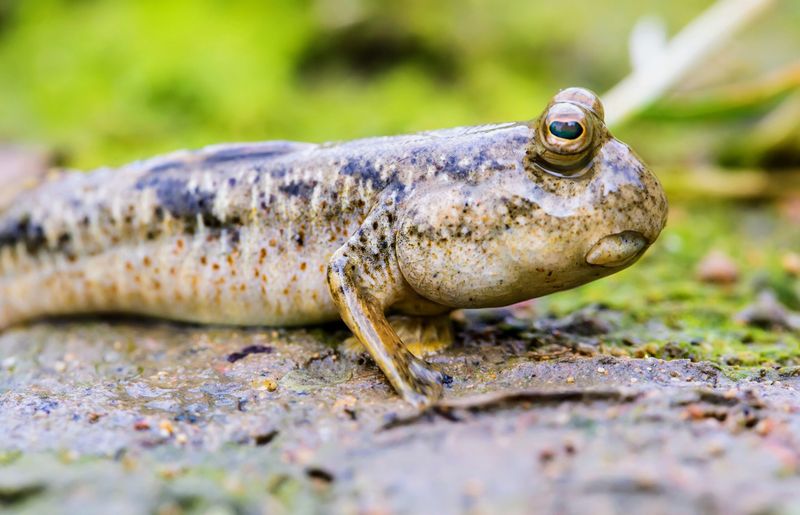
Most fish never blink—they don’t need to underwater. Remarkably, mudskippers have developed a primitive blinking mechanism using a transparent membrane.
This seemingly simple action represents a revolutionary adaptation. Eyes exposed to air quickly dry out and collect debris without protection.
The development of blinking in these walking fish showcases how even small evolutionary changes enabled the conquest of land, solving problems that underwater creatures never faced.
6. Land Movement Requires Balance And Muscle
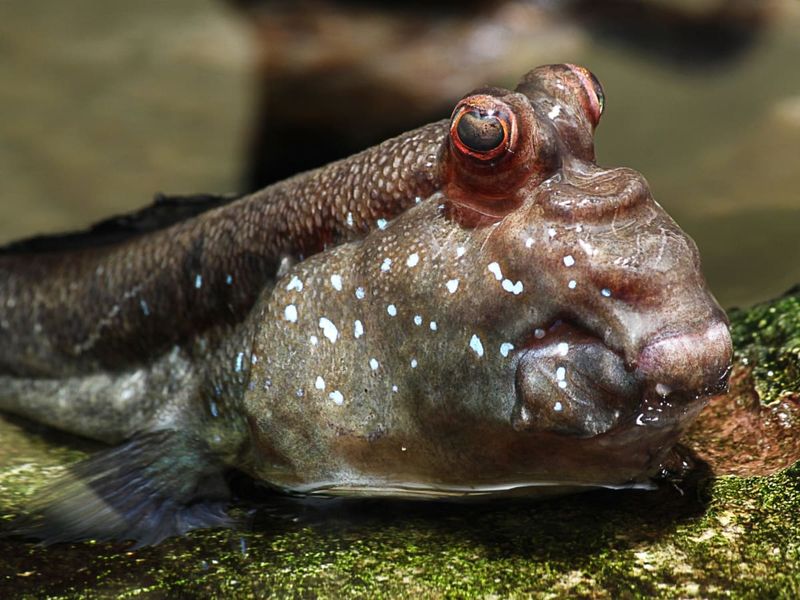
Gravity becomes a formidable challenge once water no longer supports your body. Walking fish have developed stronger muscles and coordination to overcome this fundamental hurdle.
Their distinctive hopping movements showcase the specialized muscle control needed for land locomotion. Unlike swimming, where water provides support from all directions, moving on land demands precision and strength.
Early tetrapods faced this same challenge, gradually developing the muscular systems that would eventually lead to dinosaurs, mammals, and us.
7. Burrows Became Shelter And Survival Tools
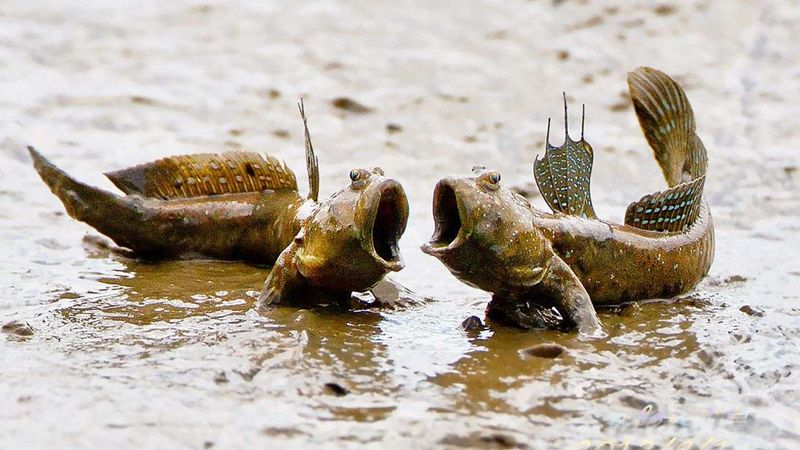
Walking fish are master architects of the mudflats. They excavate elaborate burrows that serve as protection from predators, harsh weather, and drying out during low tide.
These burrows often contain air pockets where the fish can breathe even when the entrance is submerged. Such engineering skills mirror how early land pioneers likely sought shelter in their new environment.
Fossil evidence suggests that some of the earliest land vertebrates also created burrows, adapting to the challenges of terrestrial life.
8. Communication Shifted To Visual Signals
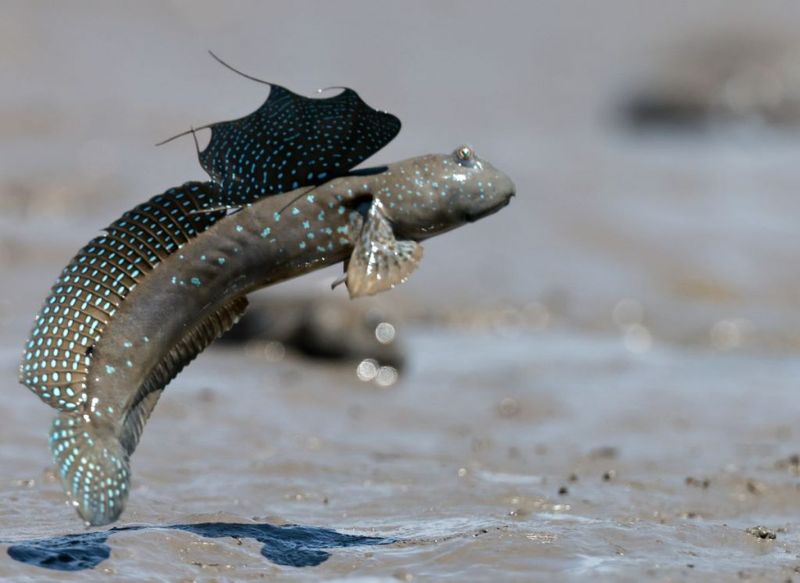
Underwater, chemicals and sound waves travel efficiently, but on land, visual cues become paramount. Male mudskippers perform elaborate courtship displays, raising colorful fins and bobbing their heads to attract mates.
These visual signals work better in air than water because light travels more clearly. Early land animals likely developed similar display behaviors as they spent more time above water.
Communication had to evolve alongside physical adaptations—a whole new language for a whole new world.
9. They Thrive In Tidal Zones – Just Like Early Tetrapods
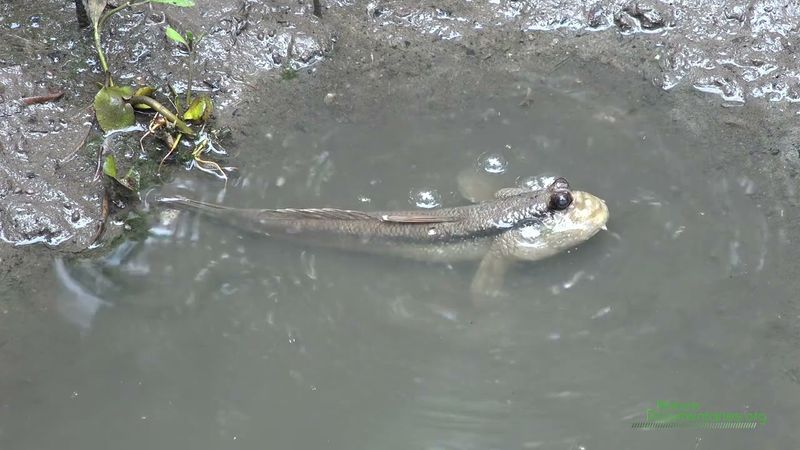
Mangrove swamps and mudflats—where land and sea constantly negotiate territory—are perfect laboratories for evolutionary experiments. Walking fish flourish in these in-between spaces, just as our ancestors did millions of years ago.
Fossil records show early tetrapods inhabited similar transitional environments. These boundary zones offer unique advantages: fewer predators, abundant food, and opportunities to exploit resources from both realms.
Such environments served as evolutionary nurseries for the first land pioneers.
10. Feeding Techniques Had To Change
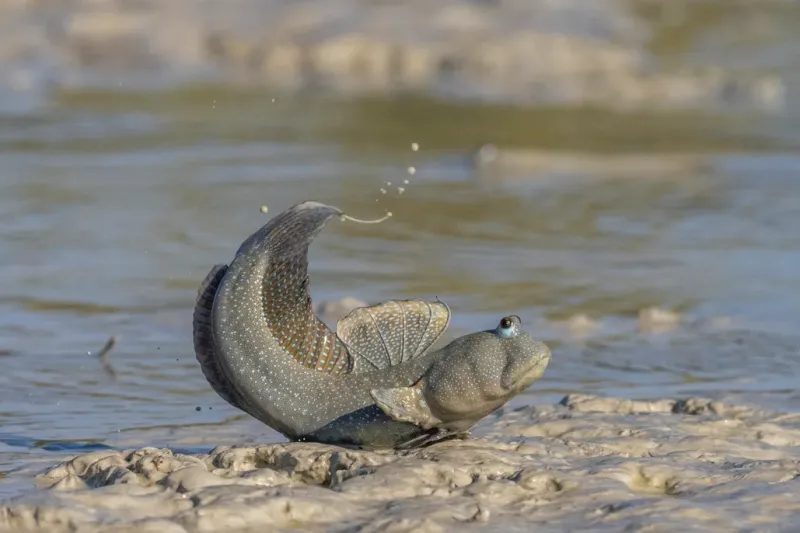
Hunting in water versus hunting on land requires completely different strategies. Walking fish have developed remarkable methods—some can actually spit water at insects to knock them down!
Others perform rapid lunges from stationary positions to capture prey. These adaptations reveal how early land animals needed to reinvent predation techniques.
The transition from suction feeding (common in water) to direct capture methods marked a revolutionary shift in how vertebrates acquired nutrition on land.
11. Territory And Social Behaviour Evolved Together
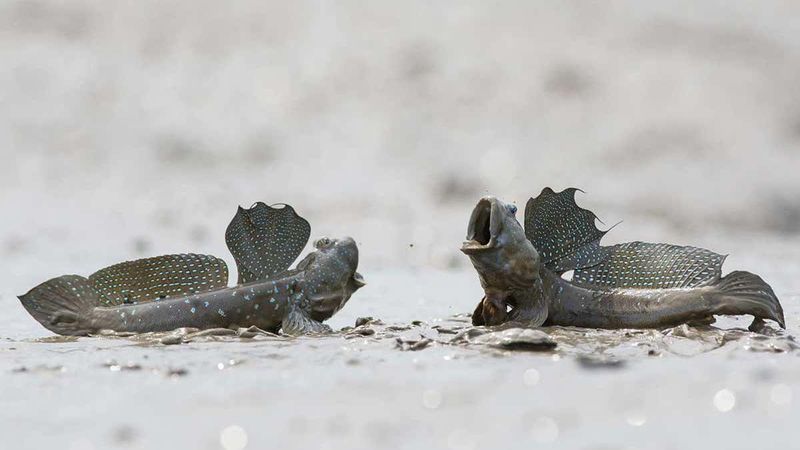
Male walking fish fiercely defend their territories, performing threat displays and even physical combat with intruders. These complex social interactions reveal how land living reshapes animal behavior.
In open water, territories are harder to define and defend. But on land, resources like burrows become valuable property worth protecting.
Early tetrapods likely developed similar territorial behaviors as they adapted to terrestrial life, establishing patterns that would influence vertebrate social evolution for millions of years.
12. They’re Living Time Capsules Of Evolution
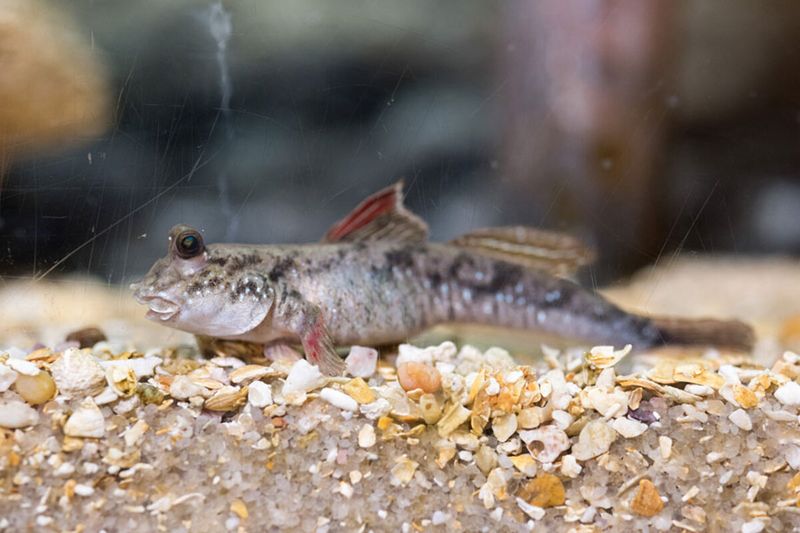
Walking fish aren’t perfect replicas of ancient transitional species—they’ve had their own evolutionary journey. However, they demonstrate convergent evolution, independently developing solutions similar to what our ancestors faced.
By studying these modern analogues, scientists can test theories about how early tetrapods might have functioned. Their unique adaptations offer windows into evolutionary problems and solutions that shaped life on Earth.
They’re not living fossils, but rather parallel experiments in conquering land.






